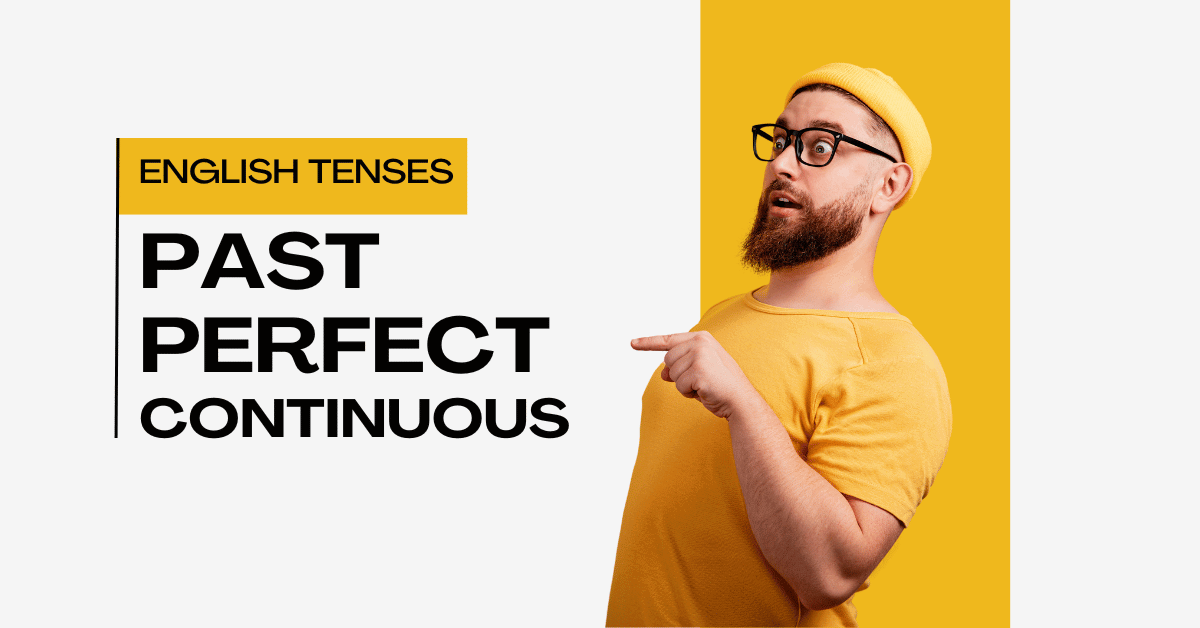Mastering the Future Continuous Tense: A Complete Guide

Mastering the Future Continuous Tense: A Complete Guide
Mastering the Future Continuous Tense: A Complete Guide
When we talk about actions happening in the future, English offers several ways to express them. One of the most dynamic and versatile is the Future Continuous Tense. It’s perfect for describing actions that will be in progress at a specific time in the future. Understanding how and when to use the Future Continuous Tense is essential to sound fluent and natural in English.
Source: Learn English Coach YouTube Channel
What Is the Future Continuous Tense?
The Future Continuous Tense describes an action that will be ongoing at a particular time in the future. The structure is straightforward: will + be + verb(-ing).
For example:
“At 9 p.m. tomorrow, I will be watching the football match.”
“This time next week, she will be traveling to Paris.”
In these examples, the actions (watching the football match, traveling) will be happening at a specific moment in the future. The focus is on the fact that these actions are in progress at a certain time rather than simply stating that they will happen.
How to Form the Future Continuous Tense
Creating the Future Continuous Tense is simple. Here’s the structure:
1. Subject (I, you, he, she, it, we, they)
2. Will (the modal verb used for all subjects)
3. Be (the auxiliary verb, which stays the same for all subjects)
4. Verb + -ing (the main verb in its continuous form)
Let’s break it down with examples:
Affirmative: “They will be having dinner at 7 p.m.”
Negative: “She won’t be working late tonight.”
Interrogative: “Will you be attending the meeting tomorrow?”
Notice that in the negative form, we contract “will not” to “won’t” for smoother speech, and in questions, “will” comes before the subject.
When to Use the Future Continuous Tense
You might wonder, “When should I use the Future Continuous Tense instead of the simple future?” The Future Continuous Tense is perfect in the following situations:
1. To Talk About Actions in Progress at a Specific Time in the Future
This is the primary function of the tense. If you want to emphasize that something will be happening at a certain point in time, the Future Continuous is your go-to structure.
“This time tomorrow, I will be relaxing on the beach.”
“At 6 p.m., we will be boarding the flight.”
2. To Make Predictions About Ongoing Actions
Sometimes we use the Future Continuous to predict an action that we believe will be happening in the future. This is often based on current evidence or general knowledge.
“She’ll be sleeping when you arrive.”
“I’m sure they’ll be working when we get there.”
3. To Politely Ask About Someone’s Plans
The Future Continuous can be used for polite inquiries, especially when you don’t want to sound too direct or demanding. Instead of asking, “Will you come to the party?” you can ask, “Will you be coming to the party?” It feels softer and less imposing.
“Will you be using the car this evening?”
“Will you be joining us for dinner?”
4. To Talk About Planned or Expected Events
Sometimes, we use the Future Continuous to describe actions we expect to happen as part of a schedule or plan.
“Next week, we’ll be starting the new project.”
“They will be hosting the event at the same time next year.”
Common Mistakes with the Future Continuous Tense
Like any tense, the Future Continuous can be tricky if you’re not used to it. Here are a few common pitfalls to avoid:
1. Using “will” with stative verbs:
Stative verbs (like “know,” “believe,” and “understand”) typically aren’t used in continuous tenses because they describe states, not actions. For example, instead of saying, “I will be knowing the answer,” you should say, “I will know the answer.”
2. Confusing the Future Simple with the Future Continuous:
The Future Simple tense (e.g., “I will study”) talks about actions that will happen in the future, but it doesn’t emphasize that they’ll be in progress. The Future Continuous is used to highlight the action's ongoing nature at a specific time.
3. Using the wrong time markers:
Since the Future Continuous focuses on actions in progress, you often use time markers like “at 7 p.m.,” “this time next week,” or “tomorrow afternoon.” These markers help anchor the action in time.
A Final Thought on the Future Continuous Tense
Mastering the Future Continuous Tense will not only make your English more precise but will also add a level of nuance to your speech and writing. Whether you’re describing future plans, making polite inquiries, or simply talking about ongoing actions at a future time, the Future Continuous Tense is a powerful tool to have in your linguistic toolkit.
Next time you want to express an action that will be in progress in the future, remember to use will + be + verb(-ing) and watch how your English communication becomes clearer and more dynamic!
FREE Quiz
Take our free quiz to test your knowledge of the Future Continuous tense.” 👉 Click Here to Start the Quiz






